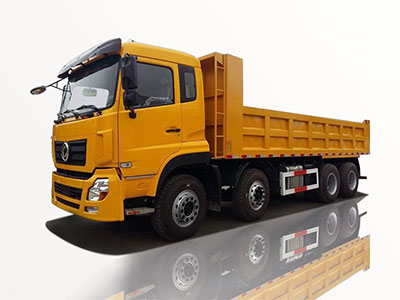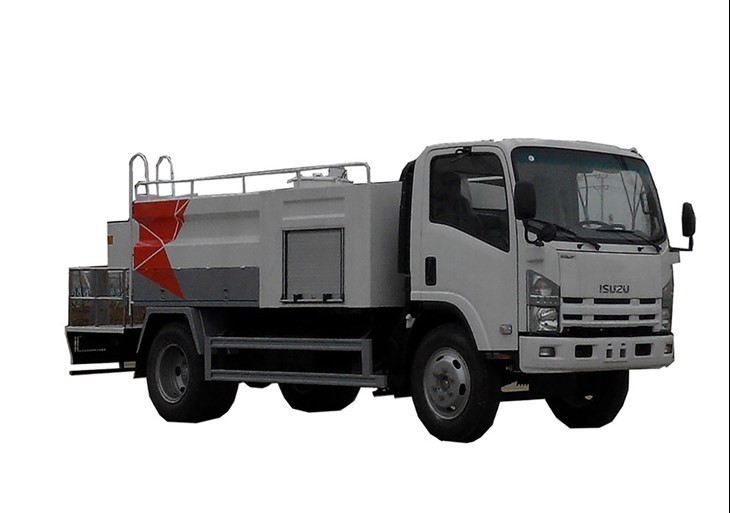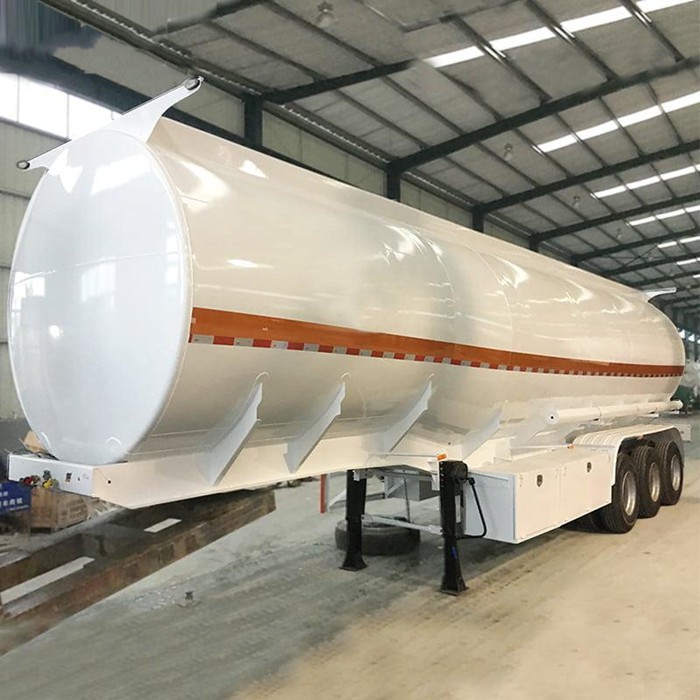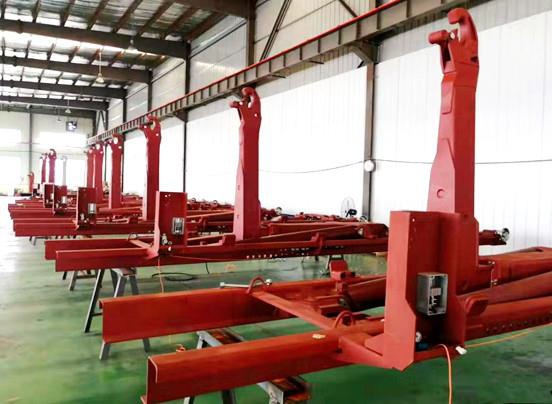Trash trucks play a crucial role in our waste management systems, and one important aspect of these vehicles is their length. Understanding the specifications of trash truck length is vital not only for municipal planning but also for residents demanding efficient waste collection. This article delves into the various dimensions of trash trucks, factors influencing their lengths, regulatory standards, and practical considerations for communities and operators alike.
1. Overview of Trash Trucks
1.1 What Are Trash Trucks?
Trash trucks, also known as garbage trucks or refuse trucks, are designed to transport waste materials from residential, commercial, and industrial locations to disposal sites. These vehicles can vary significantly in design and size, depending on their intended use.
1.2 Types of Trash Trucks
- Front Loader: Commonly used for commercial waste collection, they feature a hydraulic lift to assist with loading trash from dumpsters.
- Rear Loader: Typically seen in residential areas, they have an opening at the back for manual or automatic loading of waste containers.
- Side Loader: Designed to pick up curbside waste, they feature mechanical arms for lifting bins, allowing drivers to stay in their vehicles.
- Roll-off Trucks: Used for large-scale waste removal, typically equipped to carry large containers.
2. Why Truck Length Matters
2.1 Impact on City Planning
The length of trash trucks can significantly affect city infrastructure, including road design, traffic management, and equipment placement. Longer trucks may require wider streets and specialized routes, particularly in dense urban areas.
2.2 Storage and Parking Considerations
The length affects how and where trucks can be parked when not in use. Municipalities must account for adequate storage spaces in fleet management, particularly in urban areas where parking is limited.
3. Standard Trash Truck Dimensions
3.1 General Length Ranges
Trash trucks can vary in length, typically falling within these ranges:
| Type of Truck | Average Length (Feet) | Typical Capacity (Cubic Yards) |
|---|---|---|
| Front Loader | 20 to 30 | 5 to 8 |
| Rear Loader | 22 to 30 | 6 to 12 |
| Side Loader | 22 to 30 | 8 to 10 |
| Roll-off Truck | 20 to 40 | 10 to 30 |
3.2 Variations Across Manufacturers
Different manufacturers may produce trash trucks with slightly varying lengths and capacities. It’s essential to consult specific model details when evaluating truck specifications.
4. Factors Influencing Trash Truck Length
4.1 Purpose of Use
The intended use of the truck will heavily influence its design and length. Trucks designed for residential collection may prioritize maneuverability, while those for commercial use may focus on capacity.
4.2 Regulations and Compliance
Local and federal regulations can dictate limits on truck sizes. Areas with strict regulations may see shorter trucks being preferred, while regions with fewer restrictions might utilize longer models to optimize loading capacity.
4.3 Urban vs. Rural Settings
In urban areas, trash trucks must navigate tighter streets, necessitating shorter designs. Conversely, rural settings might accommodate larger trucks due to lower traffic density and wider roadways.
5. Safety Considerations with Truck Length
5.1 Maneuverability Challenges
Longer trash trucks can have difficulty navigating narrow streets and tight corners, posing safety risks. Proper training for drivers and optimized route planning can help mitigate these issues.
5.2 Visibility and Blind Spots
Longer trucks may have larger blind spots, making it crucial for drivers to maintain awareness and utilize safety mirrors. Regular safety checks and training can contribute to safer operations.
6. Examples of Trash Truck Lengths in Urban Planning
6.1 Case Study: New York City
New York City’s refuse trucks often measure around 26 to 30 feet. This length allows for efficient operation in the city’s dense environment, facilitating easier maneuvering around parked cars and narrow streets.
6.2 Case Study: Los Angeles
In contrast, Los Angeles employs a mix of trash truck sizes, with some roll-off trucks reaching lengths of up to 40 feet. This accommodates the city’s larger waste generation and vast residential areas.
7. Practical Tips for Choosing the Right Trash Truck
7.1 Evaluate the Waste Volume
Understanding the waste volume in your area is vital. For higher volumes, opt for larger trucks that balance between capacity and maneuverability.
7.2 Consider Local Regulations
Before purchasing or leasing a trash truck, consult with local municipalities regarding size limitations and operational regulations to ensure compliance.
7.3 Test Drive Options
Whenever possible, test drive potential trucks to gauge handling and visibility, ensuring that the vehicle meets operational needs without compromising safety.
8. Future Trends in Trash Truck Design
8.1 Electric and Hybrid Trucks
The shift towards electric and hybrid trash trucks is becoming prominent, influencing design and length characteristics due to different powertrain requirements and sizes.
8.2 Technological Advancements
Innovations such as autonomous driving technologies could influence the design of trash trucks, potentially leading to changes in the standard lengths as manufacturers adapt to new functionalities.
9. Environmental Impact of Truck Sizes
9.1 Fuel Efficiency
Larger trash trucks may consume more fuel, impacting overall emissions. Optimizing routes and utilizing longer trucks for larger waste collections can improve fuel efficiency.
9.2 Noise Pollution
Longer trucks generally produce more noise during operation compared to smaller trucks. Strategies to reduce noise, especially during night operations, should be considered in urban settings.
10. Frequently Asked Questions (FAQs)
10.1 What is the average length of a trash truck?
The average length of a typical trash truck ranges from 20 to 30 feet, depending on the type and purpose of the vehicle.
10.2 How is truck length regulated?
Truck length is regulated by local and federal laws, which dictate maximum dimensions to ensure safety and infrastructure compatibility.
10.3 Can longer trucks be used in urban areas?
While longer trucks can operate in urban areas, they may face challenges with maneuverability. Specialized routes and driver training are often necessary to accommodate them.
10.4 What are the benefits of larger trash trucks?
Larger trash trucks can carry more waste, making them more efficient for waste collection in areas with higher waste generation, reducing the number of trips required.
10.5 Are there safety concerns regarding trash truck lengths?
Yes, longer trucks can have larger blind spots and may be harder to navigate in tight areas, necessitating enhanced safety measures for drivers and communities.
10.6 How do environmental factors influence trash truck design?
Environmental concerns such as emissions and noise pollution are increasingly influencing trash truck designs, leading to the development of more efficient and quieter vehicles.



